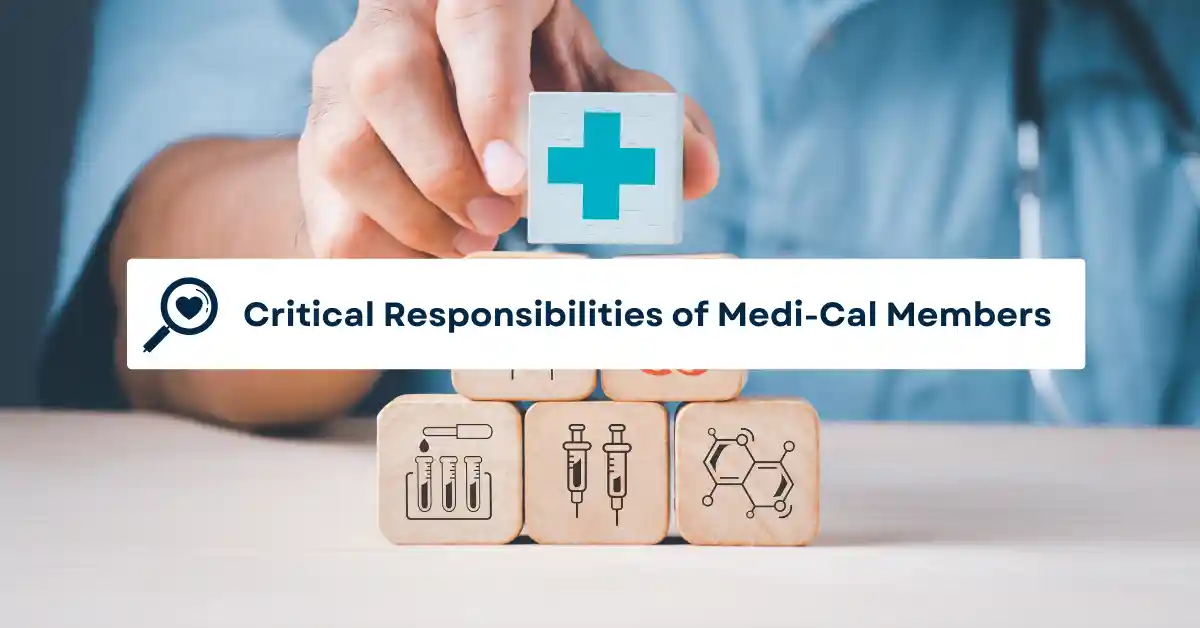Whether you’re a Medi-Cal member or not, there are some key responsibilities you should be aware of. Getting help at home, managing your health care plan, and preventing tobacco use are just a few.
Managed care plans
Almost 5 million Californians are now enrolled in managed care plans. This program ensures quality health care while controlling costs. These programs are based on a network of physicians, hospitals, and other healthcare providers. Those who qualify for Medi-Cal in Riverside County are required to enroll in a managed care plan. These programs are designed to promote wellness and prevention. This program covers three-quarters of all Medi-Cal beneficiaries. There are six main types of managed care. First, patients can choose a fee-for-service or indemnity model, depending on the county. In an indemnity plan, a patient pays a flat monthly fee to the provider, while in a fee-for-service program, the patient pays the provider according to the provider’s fee schedule.
Typically, a managed care plan requires a member to pay a deductible before benefits begin. In addition to the deductible, a patient may have to pay a co-payment. This means the patient must pay the difference between a preferred physician’s discounted fee and a non-preferred physician’s higher fee. Those enrolled in a managed care plan will be given a card that details the covered services. This card is valid for the entire plan period. It includes information about the doctor’s part of the network and the covered services.
Primary care physician (PCP)
Having a primary care physician (PCP) is a crucial aspect of maintaining a healthy lifestyle. These physicians can help you with everything from regular checkups to treating chronic conditions. They can also suggest screening tests for the disease. Primary care providers are available 24 hours a day. They can offer advice over the phone and via message. In addition, they can provide referrals to specialists and community resource agencies.
A primary care provider can also recommend medications. Some health plans require members to have a PCP. In addition, some health plans have a list of preferred PCPs.
A PCP can help you avoid the emergency room by detecting medical problems early. They can help you manage chronic illnesses and teach you how to prevent diseases. They can recommend specialists and schedule health education programs. They can even help you quit smoking.
Primary care doctors can be physicians, nurses, or physician assistants. They can be general practitioners, obstetricians, gynecologists, or pediatricians. They are experts at coordinating care across multiple specialists.
Having a PCP can also help you avoid the cost of hospital visits and long lines at the emergency room. They can also suggest a healthier lifestyle and preventative measures. They can even recommend vaccinations that are up to date. A primary care doctor can help you get the best out of your insurance. Some HMOs may not allow you to see a specialist unless you have a referral from your primary care provider.
Preventing tobacco use
Efforts to prevent tobacco use are one of the critical responsibilities of Medi-Cal members. Approximately 480,000 individuals die annually from smoking-related causes, and more than $300 billion in medical costs are incurred because of tobacco use. A large body of evidence supports the effectiveness of public policies in reducing cigarette use. These include raising the price of cigarettes, increasing the amount of information available about the harmful effects of smoking, and promoting mass media campaigns. Although the prevalence of adult cigarette smoking has decreased over the last decade, there is still a significant disparity between smokers and nonsmokers. For example, nearly nine out of ten smokers began smoking at least one cigarette by age 18. The use of tobacco products is also associated with cardiovascular disease, lung cancer, and other diseases. In addition, there is a 10-year gap between the life expectancy of a smoker and that of a nonsmoker.
One hundred eighty-two countries ratified the WHO Framework Convention on Tobacco Control (FCTC) in 2003. The FCTC is a public health treaty, and its policies are based on scientific research and evidence. The United States Preventive Services Task Force has recommended that adolescents be educated about the dangers of tobacco. It also recommends offering tobacco cessation interventions to pregnant women and school-aged children. Tobacco use is the leading cause of preventable death worldwide. A large body of scientific evidence supports the effectiveness of tobacco control policies. The best programs focus on young adults and are sustained by community-wide efforts.
Getting help at home
Getting help at home is one of the critical responsibilities of Medi-Cal members. This program provides health coverage to almost a third of California’s 38 million residents, including about one-third of those uninsured. It also provides wrap-around coverage for many elderly Medicare beneficiaries in California.
Medi-Cal managed care programs were first developed in the 1980s when different healthcare delivery systems were created in counties. The early pilots awarded contracts to health plans to serve Medi-Cal beneficiaries in a particular county. These pilots included:
The Low Income Health Program (LIHP) implemented primary care medical homes. It enrolled over 630,000 uninsured adults ages 19-64 with incomes up to 200% of the federal poverty level. The majority of these enrollees were enrolled in managed care plans. In addition, the ACA Medicaid expansion expanded the number of Medi-Cal enrollees by adding all but 24,000 LIHP enrollees to the program.
Unlike other managed care programs, the Medi-Cal program in California has a unique structure. It operates under Section 1915(b) waivers. The program covers various services, including physical therapy, nursing home care, and behavioral health services. The California Department of Health Care Services administers it.
The Medi-Cal managed care program has grown to include 58 counties in the state. The program is now the most extensive Medicaid managed care program in the country, with nearly 10 million beneficiaries enrolled.
